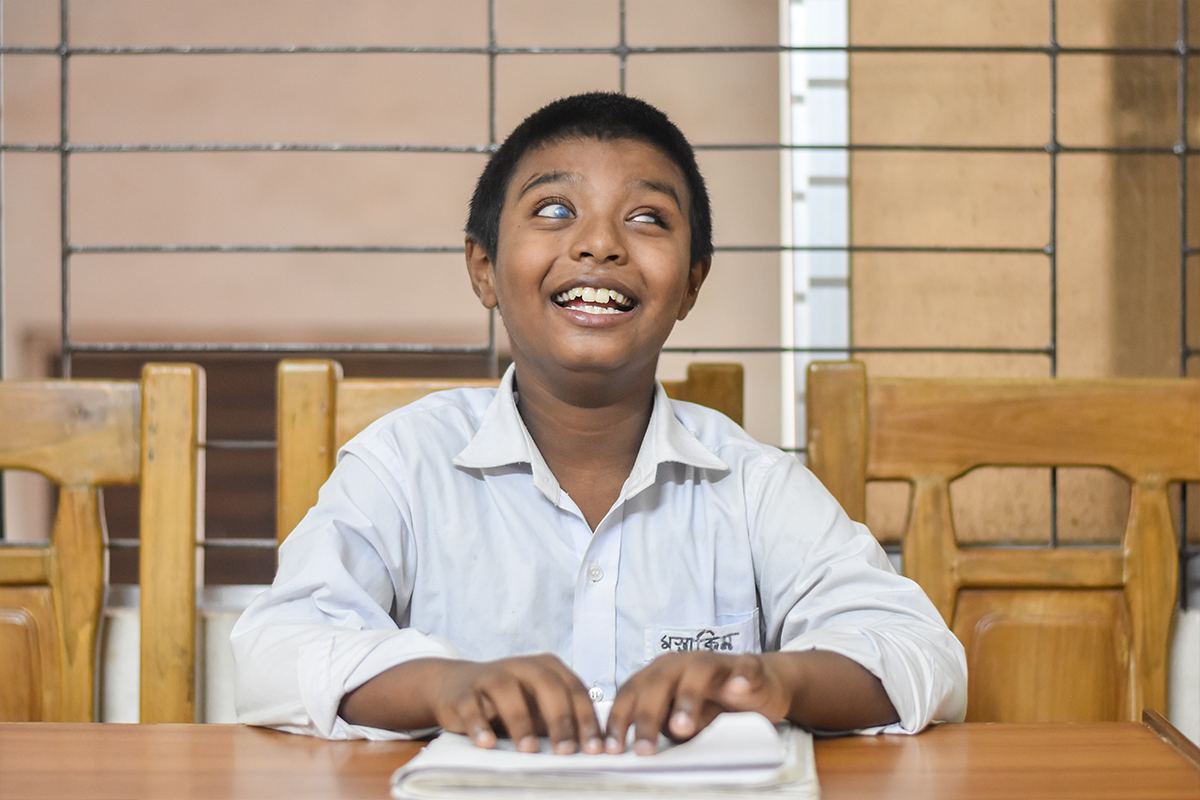Join a powerful, unprecedented alliance for better eye health for all.
Join IAPBEye health is a major contributor to inequalities as well as an outcome. The disproportionate impact of vision loss for marginalised and vulnerable populations within regions, countries and communities is often masked by national averages.

Image by Syed Sajidul Islam